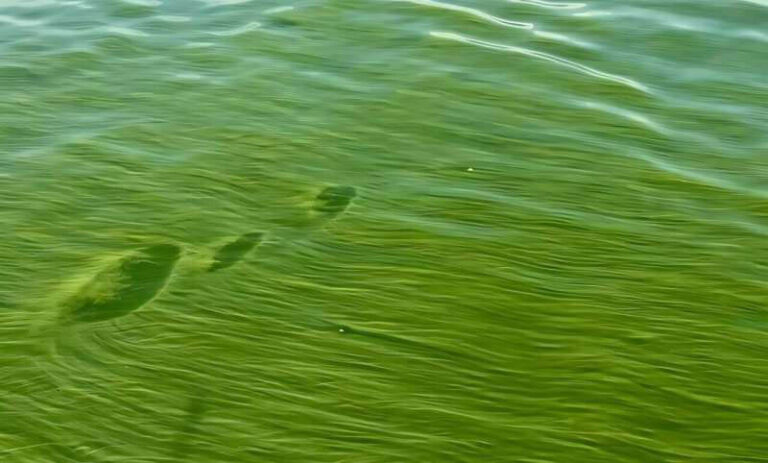Lake Victoria, Africa’s largest lake and a vital lifeline for over 47 million people across three countries, is undergoing a significant transformation.
However, this change is not due to natural beauty or festive celebrations—it’s turning green due to the increasing presence of harmful algal blooms (HABs).
Fortunately, there is hope on the horizon as researchers and policymakers work toward solutions to restore the lake’s health.
Understanding the Green Phenomenon
The lake’s green hue is caused by cyanobacteria, a result of a process known as eutrophication.
This occurs when excessive nutrients, often from agricultural runoff, sewage, and industrial waste, accumulate in the water, fostering rapid algae growth.
Climate change has further exacerbated the situation, with rising temperatures and increased rainfall contributing to the spread of these blooms.
Why It Matters
Lake Victoria is the world’s second-largest freshwater lake and a crucial source of drinking water, food, and economic activity for millions.
However, the presence of HABs presents serious health risks, as some algae, like Microcystis, produce microcystin—a toxin harmful to humans, livestock, and aquatic life.
Oxygen depletion caused by the blooms is also leading to fish population declines, threatening the livelihoods of communities that depend on fishing.
The Path to Recovery
While the situation is concerning, scientists and environmental experts are making progress in understanding and mitigating the issue.
Recent studies have identified the most harmful strains of cyanobacteria, allowing authorities to issue targeted warnings to affected communities.
Additionally, preventive measures are being explored, including improving agricultural and wastewater management, reforestation, and protecting critical land areas from further degradation.
A Hopeful Future
Addressing climate change on a global scale is a long-term challenge, but local actions can make a significant difference.
With strengthened regulations, investment in sustainable practices, and continued scientific research, there is a real opportunity to restore Lake Victoria’s waters and ensure they remain a vital resource for future generations.
Though the lake’s transformation into a green expanse is alarming, the collaborative efforts of scientists, policymakers, and local communities offer a beacon of hope.
By taking proactive steps today, we can help Lake Victoria regain its natural beauty and continue supporting millions of people who depend on it.


1 Comment
Very fantastic